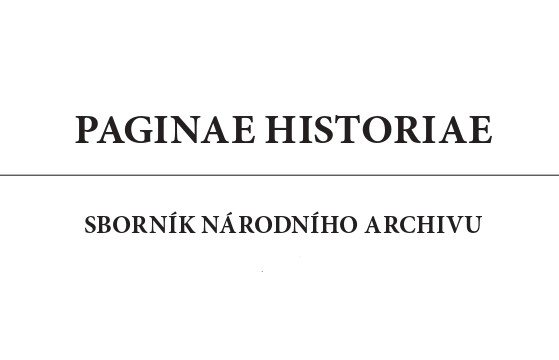Organizační vývoj ROH 1845–1969
Organisation Development of Revolutionary Trade Union Movement (ROH) in 1945–1969
Author(s): Jiří PokornýSubject(s): Economic history, Political history, Social history, WW II and following years (1940 - 1949), Post-War period (1950 - 1989), History of Communism
Published by: Národní archiv
Keywords: ROH; Revolutionary Trade Union; organisation development; 40s; 50s; 60s;
Summary/Abstract: The paper deals with the organisation structure of the Revolutionary Trade Union Movement, a united trade union that was established in the last years of the World War II. This organisation, very numerous and wealthy one, carried out, officially, a non-partisan policy, yet, it openly proclaimed itself to socialism and, unofficially, by means of its leading representatives, it was submitted to the politics of the Communist Party. The author follows up the basic trade union organisations and factory councils (that were supposed to represent all company employees) – eventually, both institutions merged together. The main concern is paid to the development of leading ROH authorities, i. e. the plenary meetings of Central Council of Trade Unions (the Central Office), the managing board and the secretariat. It also pursues the relation between the particular trade unions and the local, district, and county councils representing all trade unions. At the beginning, the all-trade-unions councils prevailed, since the ROH leading board did not trust individual unions, fearing that centrifugal tendencies or even non-communist party representatives might prevail. However, gradually, the role of particular unions was becoming more important since these considered the support of the production, their participation in increasing the labour effort and productivity to be their main task in building up socialism. These efforts consequently collided with unions’ duties in defending the workers’ rights. The Communist Party held the control over trade unions; it gave them tasks, especially in production sphere. The trade unions submitted to the Party, yet, in certain periods, they were trying to push through with their own opinions and approaches. In 1968–1969, they became independent and started to watch over, first of all, the social welfare of their members. The trade unions press and the meetings started to voice, once again, the right to strike etc. Since in all trade unions organisations, the elections took place that had brought about a major change of leading representatives, the followers of the political liberalisation process gained a strong representation. The “normalisation”, that is an adjustment of trade unions to needs of the new, once again a fully pro-Soviet regime, occurred with a certain delay. The paper is concluded with the arrival of normalisation, only briefly it sketches a further development to the year 1990 when the ROH was dissolved.
Journal: Paginae Historiae
- Issue Year: 25/2017
- Issue No: 2
- Page Range: 190-224
- Page Count: 35
- Language: Czech

